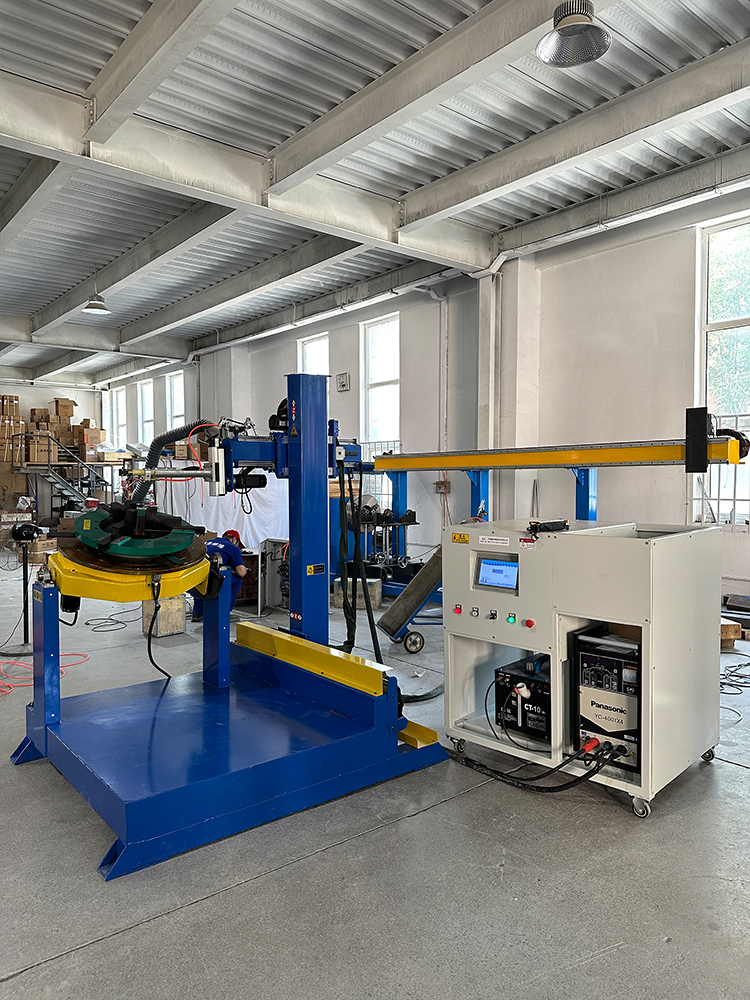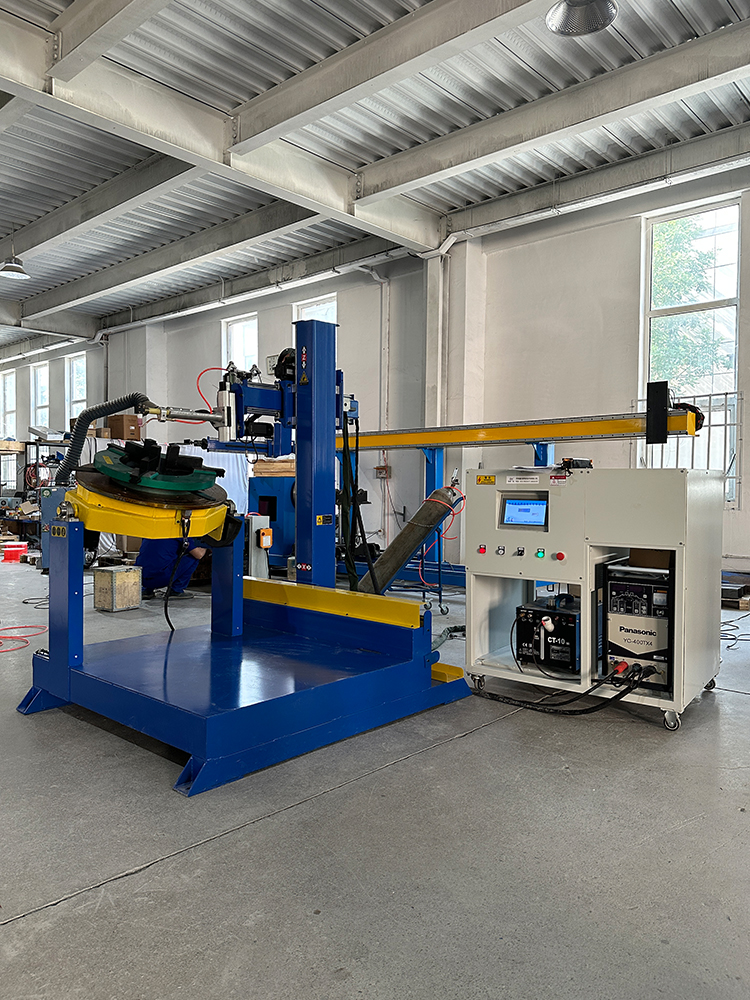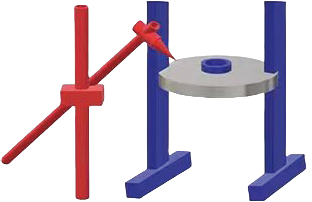Low-Temperature Environment (Ambient Temperature < 5°C)
Low temperatures accelerate heat dissipation from the workpiece, leading to insufficient actual heat input and potential issues such as lack of fusion or incomplete penetration. In this case, the welding speed should be reduced to extend the heating time of the arc on the workpiece, compensating for heat loss:
- For medium-to-low thermal conductivity materials like carbon steel and low-alloy steel, the speed can be reduced by 10%-15% (e.g., from an original speed of 50 cm/min to 42-45 cm/min).
- For high thermal conductivity materials like aluminum and copper, where heat dissipates faster, the speed should be reduced by 15%-20% (e.g., from 60 cm/min to 48-51 cm/min).
- If the workpiece thickness exceeds 10 mm or involves multi-pass welding, the speed can be further reduced by 5%, accompanied by appropriate preheating (e.g., carbon steel preheated to 80-120°C) to enhance heat accumulation.
Normal Temperature Environment (5°C – 35°C)
This temperature range has minimal impact on heat transfer, so speed adjustments due to ambient temperature are usually unnecessary. Standard parameters based on material and thickness can be applied (e.g., stainless steel thin plate welding speed: 80-100 cm/min; medium-thick carbon steel submerged arc welding speed: 35-50 cm/min). However, note that if condensation is present on the workpiece surface (e.g., in high-humidity or early morning conditions), the moisture should be removed, and the speed temporarily reduced by 5%-10% to avoid porosity.
High-Temperature Environment (Ambient Temperature > 35°C)
High temperatures slow down heat dissipation, leading to excessive heat accumulation, which may cause burn-through, distortion, or grain coarsening. In this case, the welding speed should be increased to reduce heat input time:
- For thin plates (thickness < 3 mm), increase the speed by 10%-15% (e.g., from 70 cm/min to 77-80 cm/min) to quickly pass through and avoid burn-through.
- For medium-thick plates (3 mm – 10 mm), increase the speed by 5%-10% (e.g., from 40 cm/min to 42-44 cm/min) while enhancing ventilation to prevent localized overheating.
- For distortion-prone materials (e.g., austenitic stainless steel), speed adjustments should be more conservative under high temperatures, supplemented by fixtures to stabilize the workpiece before fine-tuning the speed.
Summary: Principles of Temperature-Speed Adaptation
The core impact of ambient temperature is altering the workpiece’s heat dissipation efficiency. Speed adjustments should follow the principle of “reducing speed to compensate for heat loss in low temperatures and increasing speed to control heat input in high temperatures.” The adjustment range must also consider material thermal conductivity and workpiece thickness—the higher the thermal conductivity and the thinner the material, the more sensitive it is to temperature changes, requiring larger speed adjustments.
In practice, trial welding is recommended to observe weld formation (e.g., bead width, reinforcement, and defects) before gradually optimizing speed parameters.




